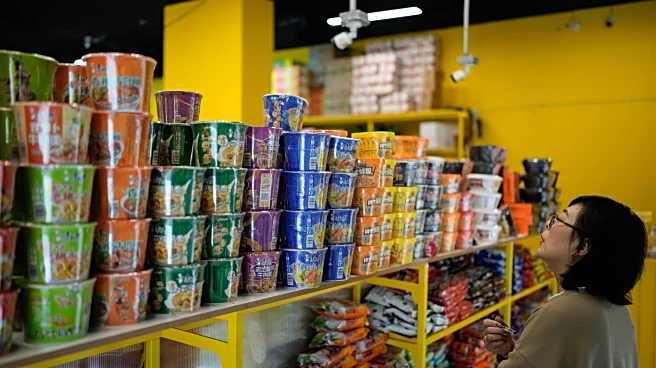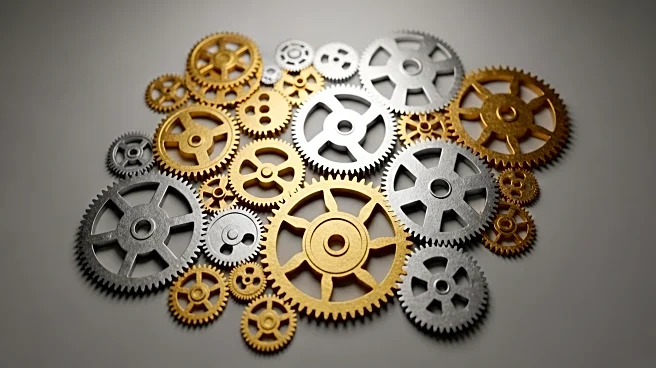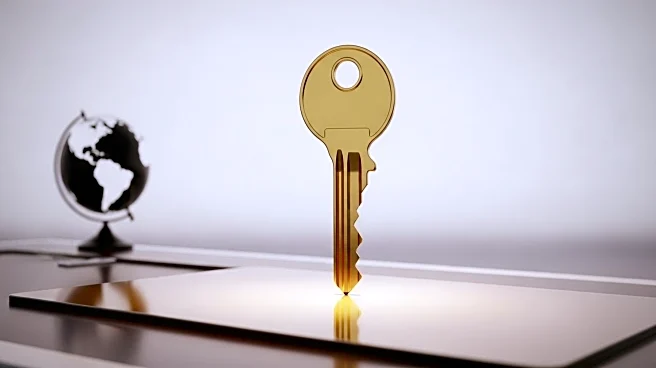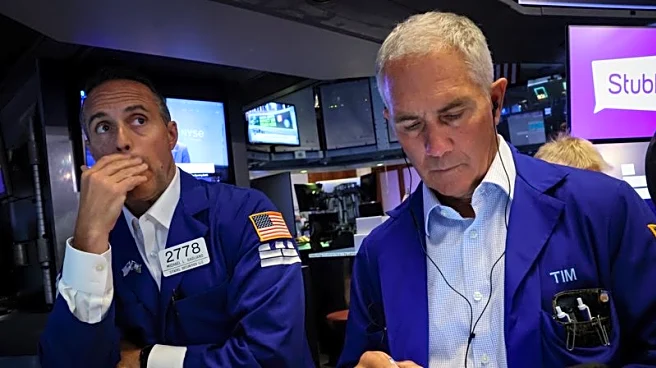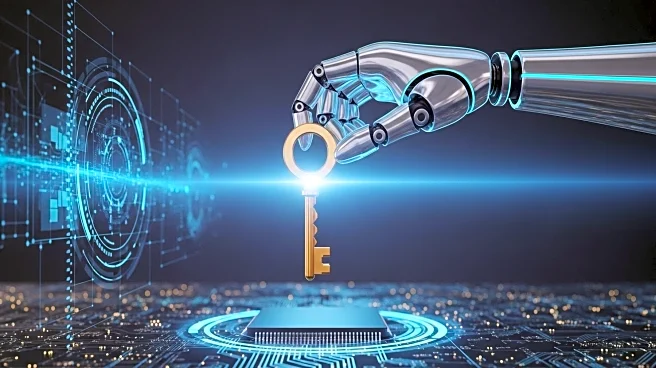What's Happening?
The self-healing concrete market is projected to experience significant growth, with its value expected to rise from USD 100.7 billion in 2025 to USD 1,510.5 billion by 2035. This growth is driven by the increasing demand for durable and sustainable construction materials that reduce long-term maintenance costs. Self-healing concrete incorporates healing agents such as bacteria, polymers, and mineral compounds, allowing structures to autonomously repair themselves, thereby extending their operational life and improving structural integrity. Government initiatives promoting eco-friendly building practices and large-scale infrastructure projects are key factors contributing to this accelerated adoption. The market is characterized by several key growth phases, with significant surges expected between 2029 and 2031, and again from 2033 to 2035.
Why It's Important?
The rapid expansion of the self-healing concrete market is significant for the construction industry, as it promises to revolutionize building practices by offering more resilient and cost-effective infrastructure solutions. The technology's ability to autonomously repair structures can lead to substantial cost savings and enhanced safety, particularly in large-scale infrastructure projects such as bridges, tunnels, highways, and dams. This growth is also indicative of a broader shift towards sustainable building standards, which are increasingly prioritized in mature markets like Europe and North America. The competitive landscape is shaped by key players focusing on innovative solutions that are compatible with conventional construction methods, ensuring regulatory approvals and market acceptance.
What's Next?
The self-healing concrete market is expected to continue its growth trajectory, with Asia-Pacific countries like China and India leading the adoption due to rapid urbanization and infrastructure development. In mature markets such as the United States and Germany, steady growth is anticipated as these regions prioritize sustainable building practices. Companies in the industry are likely to focus on enhancing the durability and reducing maintenance cycles of their products, while differentiating themselves through unique approaches such as polymer-enhanced technologies. The ongoing development of self-healing concrete is poised to create more resilient and sustainable infrastructure, aligning with global trends towards eco-friendly construction.
Beyond the Headlines
The development of self-healing concrete represents a transformative shift in the construction industry, with potential long-term implications for environmental sustainability and economic efficiency. By reducing the need for frequent repairs and maintenance, self-healing concrete can lower the carbon footprint associated with construction activities. Additionally, the technology's compatibility with existing construction practices ensures that it can be seamlessly integrated into current projects, facilitating widespread adoption. As the market continues to grow, it may also drive innovation in related fields, such as materials science and engineering, further advancing the capabilities of sustainable construction technologies.

